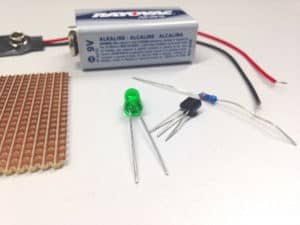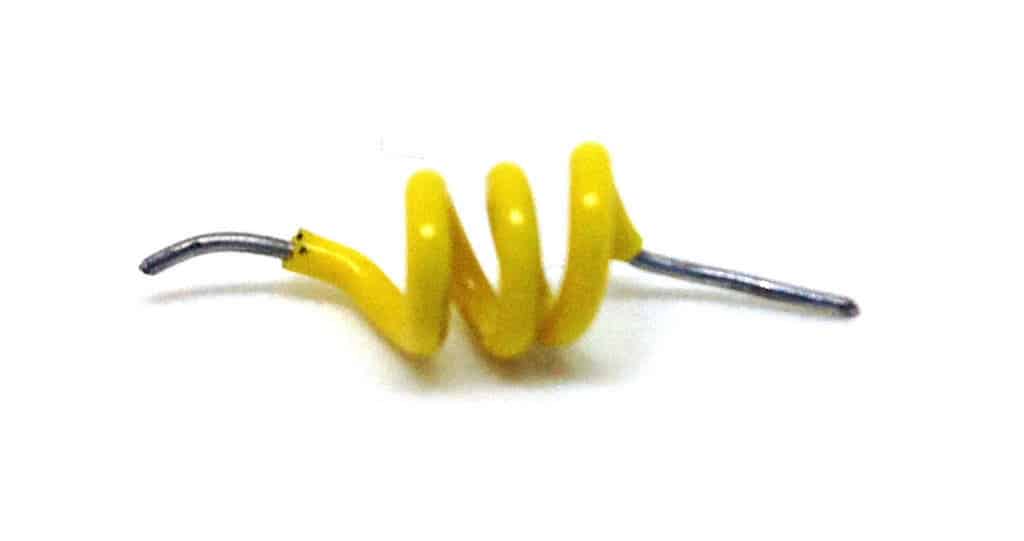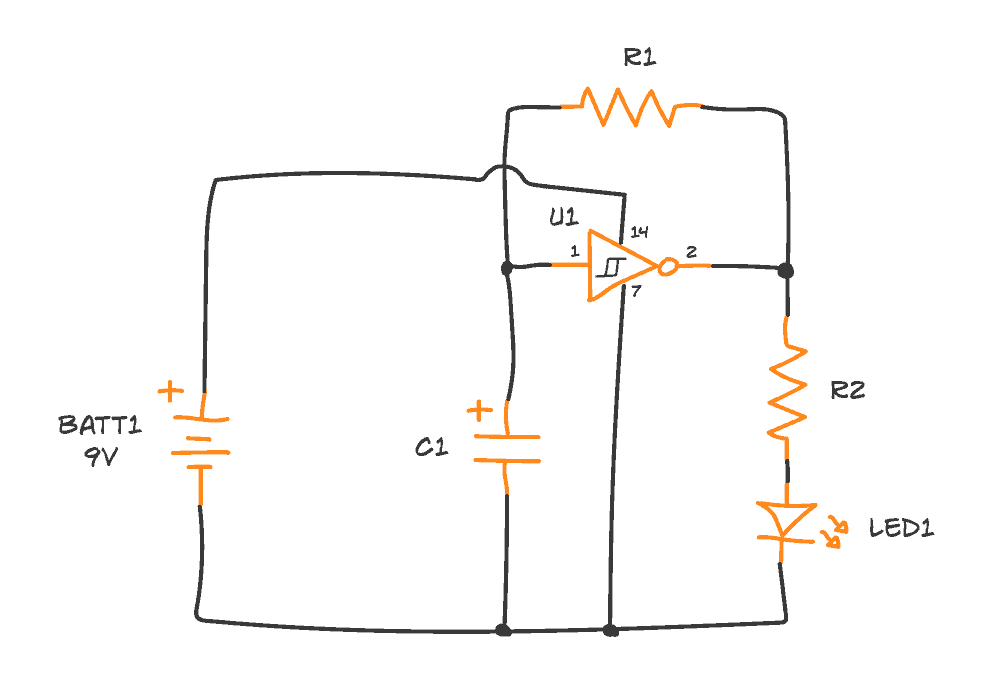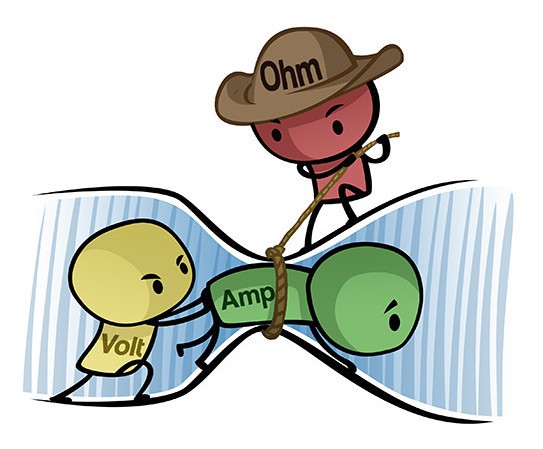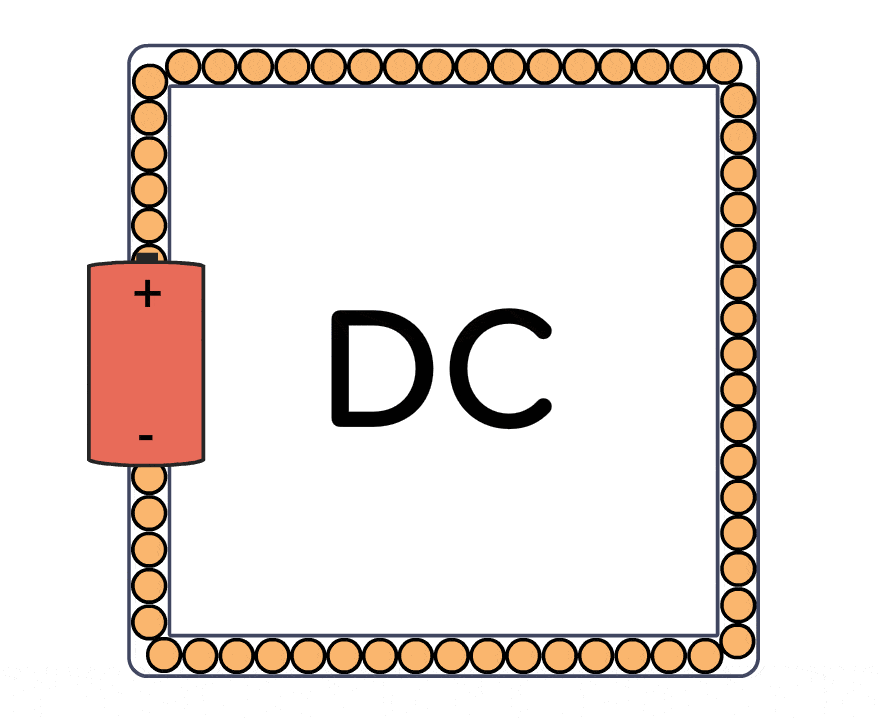Are you struggling to understand circuits and see how currents flow?
I wrote this based on an interaction I had with Gary.
And maybe it can help you.
I was developing some new material for a course.
And I used Gary as my test subject. He’s an adult British gentleman with no electronics background whatsoever.
He told me that if he could understand this, then anyone could.

